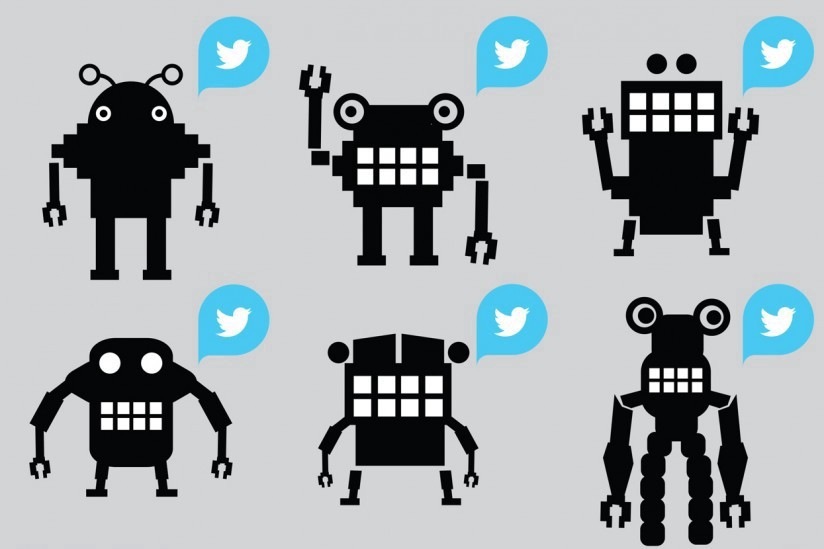RIO DE JANEIRO, BRAZIL – A study by the Federal University of Rio de Janeiro (UFRJ) and the São Paulo School of Sociology and Politics Foundation (FespSP) shows that robots were behind more than half of the publications in favor of President Jair Bolsonaro on Twitter.

Through data science tools, teachers Rose Marie Santini, UFRJ, and Isabela Kalil, of Fesp, show that robots accounted for 55 percent of the 1.2 million posts that used the expression #BolsonaroDay to honor the president on March 15th, the day of pro-government street rallies.
The survey identified the action of 23,500 non-human users in favor of the President out of a total universe of 66,000 users who published the “hashtag” that day. It is an army of “bots” and cyborgs created, cultivated and programmed to mass-share whatever subject is convenient for those who command them, at the precise moment selected for the attack.
To this troop 1,700 accounts were added that published about #BolsonaroDay and, hours later, were deleted from Twitter. The behavior, according to the researchers, is typical of bots. Before disappearing, the group was behind 22,000 tweets in favor of #BolsonaroDay.
The information was processed in the Gotcha artificial intelligence software. The bot classifier was developed over the past two years by the Microsociology and Network Study Laboratory (NetLab) of UFRJ, with support from the Twist System startup. The partnership with Fesp’s Studies of Urban Ethnography Center (NEU) consisted in developing, throughout one year, the algorithm to work based on a database of topics related to Brazilian politics.
The groups are coordinated by Marie, in Rio, and Isabela, in São Paulo, and include 12 researchers. The “Gotcha” has similar features to the American “Botometer”. The Indiana University tool is used to identify the involvement of robots on social media for English language content.

Through “Botometer” processing, a study at Oxford University found that 18 percent of content in the US elections in 2016 and 32 percent of posts on Brexit came from bots. Such instances are international references of media manipulation by robots – now far outnumbered by the 55 percent pro-Bolsonaro Tweets.
“A massive use of robots does not necessarily mean that the campaign on social media is poor and needed to be inflated,” explains Dr. Isabela Kalil, author of the study. “The bot does not vote or get sick from covid-19, for instance, but it influences how humans vote and whether or not they take precautions in the face of a pandemic”.
The March 15th acts took place in the first days of the coronavirus outbreak in Brazil. At the time, the Health authorities’ recommendation was to avoid crowding. After calling the demonstrations via WhatsApp, Bolsonaro had discouraged people from taking to the streets on a live broadcast on Facebook. On Sunday, the action took place with a small crowd.
The surprise was the President’s arrival in the middle of the crowd in Brasília. He shook hands with supporters and took selfies. Bolsonaro had returned from the United States days before, in a delegation where twenty people arrived infected with coronavirus. The President says he tested negative for the disease.
If movement on the streets was reduced that day, it exploded on social media. #BolsonaroDay entered the world’s Trending Topics on Twitter, meaning it was one of the ten most talked about subjects around the globe. “As social media were created for interaction between people, there is a subtext that the voice of the people is what you see on Twitter,” says Marie Santini, post-doctorate in Information Science and author of the research. “But social media are prone to a great deal of manipulation.”
Marie explains that, in addition to inflating topics of interest to those who command them, robots are used in Brazilian politics to guide the arguments of militancy, draw the attention of users and even guide the press. “It’s the phenomenon we call kidnapping attention,” says the UFRJ researcher.
Source: Valor Econômico

